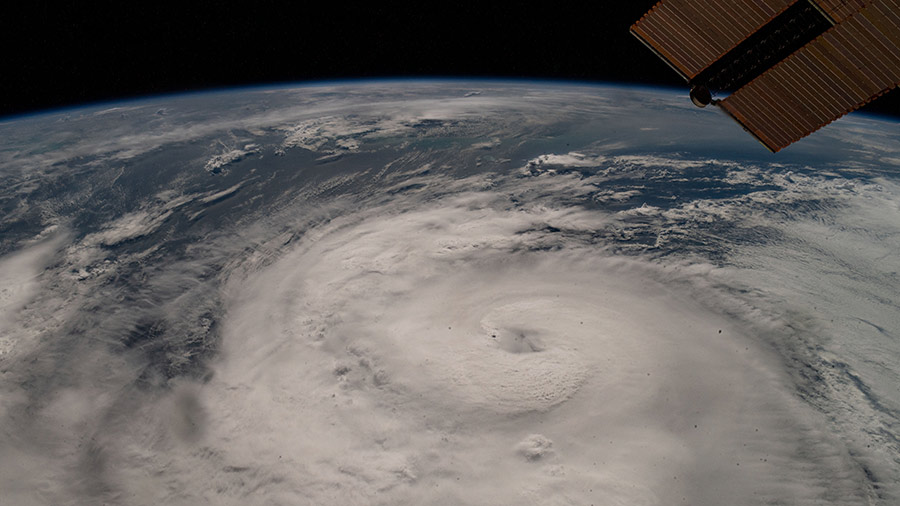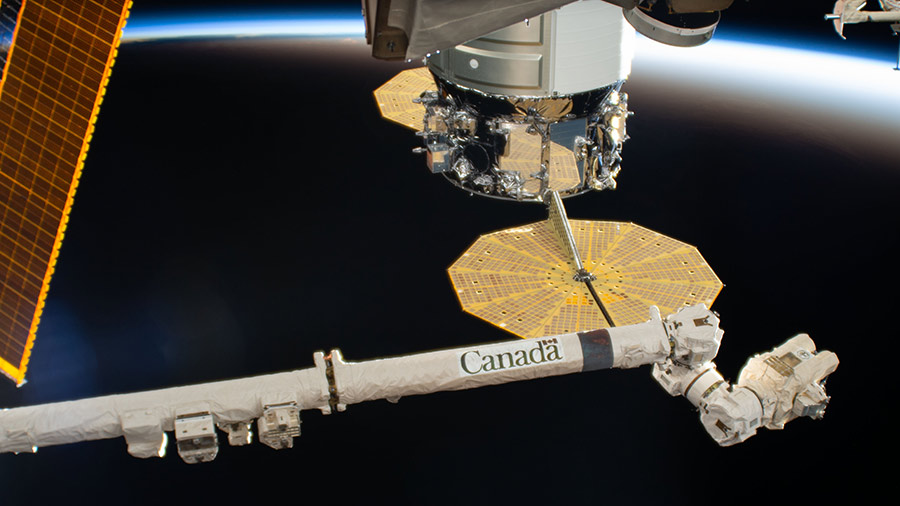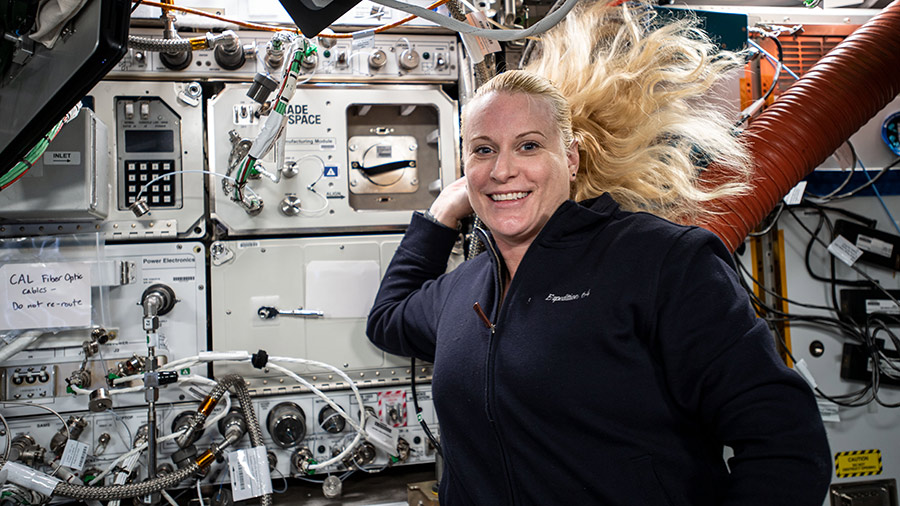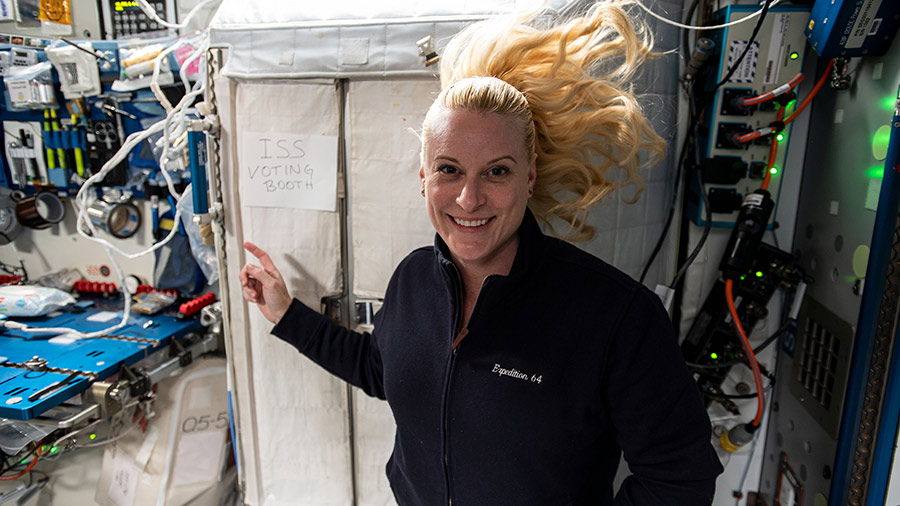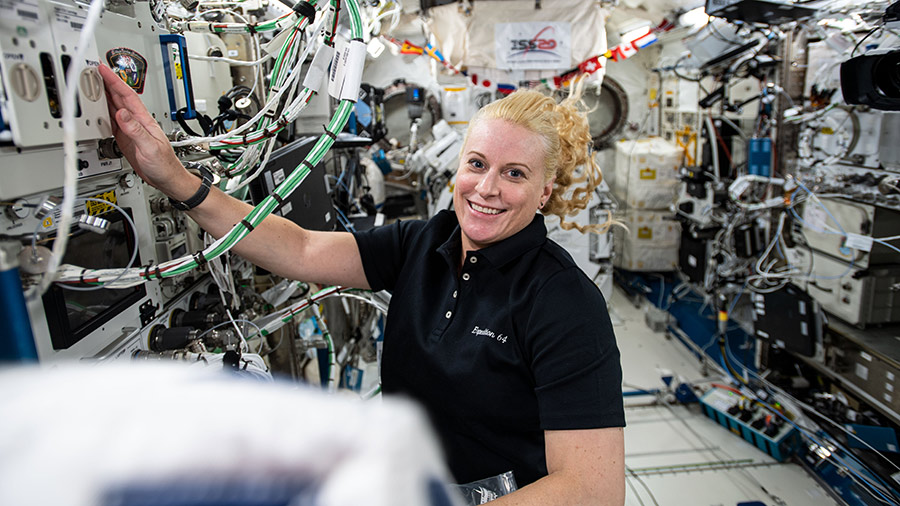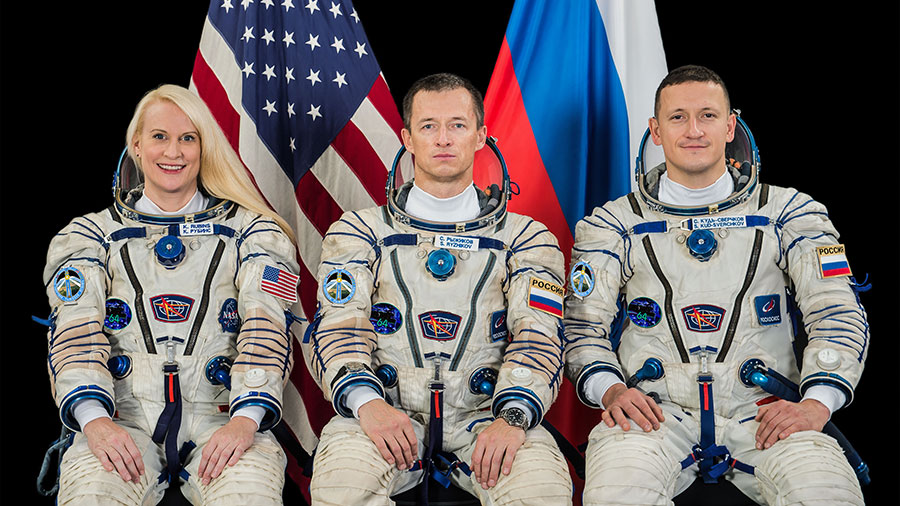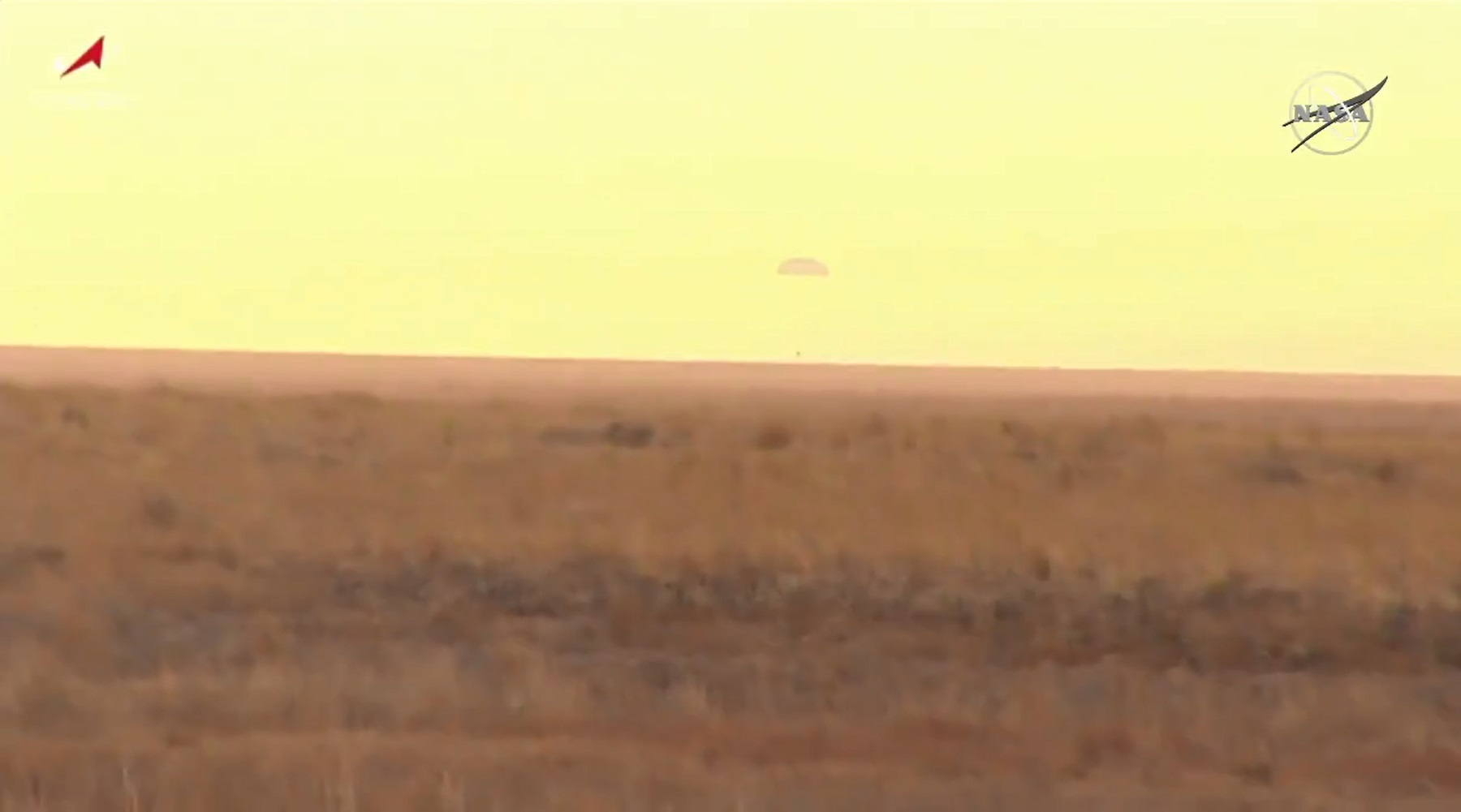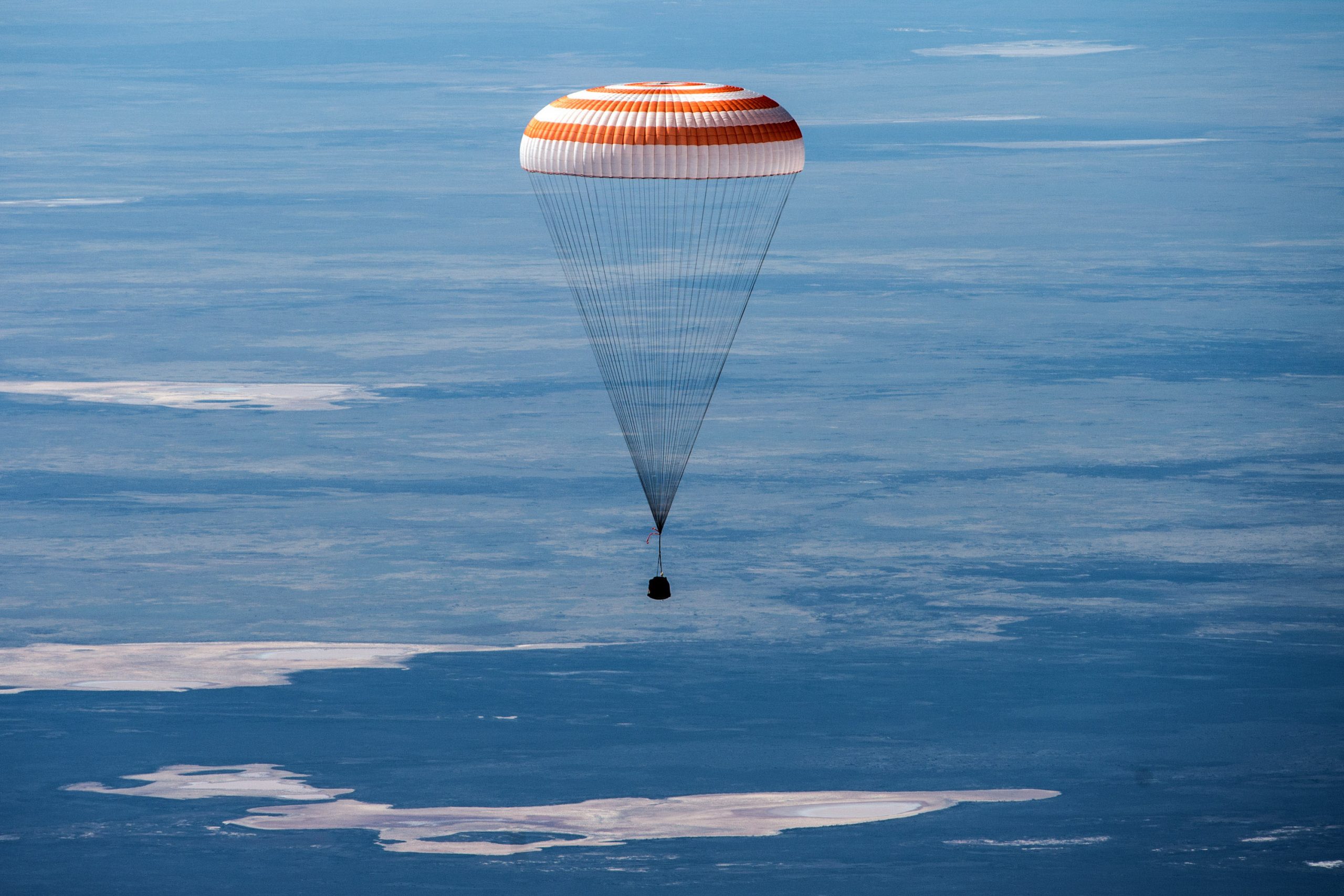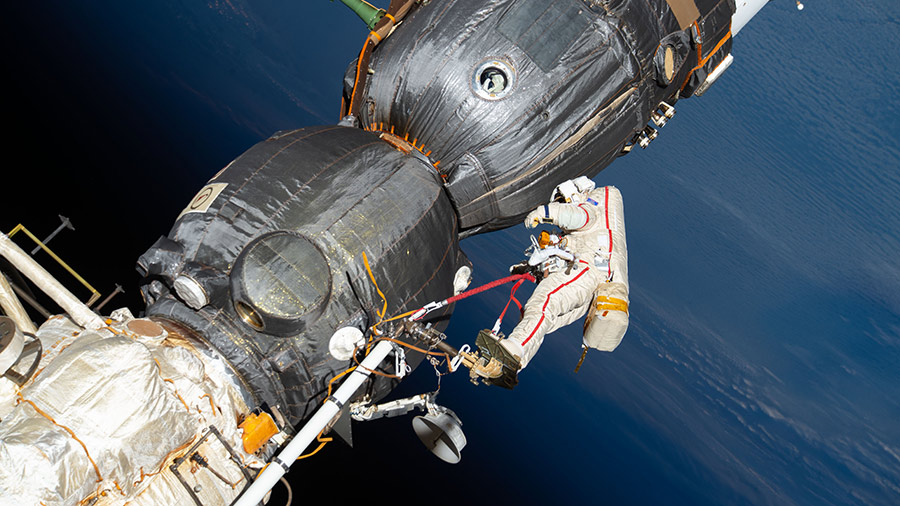
Space botany and CubeSats were the dominant research theme Friday as the Expedition 64 crew looks ahead to its first spacewalk in November.
NASA and its international partners are exploring ways to sustain healthy crews on space missions farther away from Earth. Growing food on spacecraft and space habitats is critical if astronauts are going to successfully explore the Moon, Mars and beyond.
Flight Engineer Kate Rubins, who was also a scientist before being recruited as a NASA astronaut, put on her green thumb today and installed new components inside the Advanced Plant Habitat. The botany research gear resides in Europe’s Columbus laboratory module and allows scientists to observe how plants grow and thrive in microgravity.
Rubins also spent some time Friday reviewing an upcoming CubeSat deployment that will take place outside Japan’s Kibo laboratory module. She will be readying several tiny satellites that will provide insights into oceanography, weather, ship and aircraft tracking, as well as GPS and satellite communication technologies.
Two cosmonauts are getting ready for a spacewalk targeted for Nov. 18 on the outside of the International Space Station’s Russian segment. Commander Sergey Ryzhikov joined Flight Engineer Sergey Kud-Sverchkov on Friday and began setting up the Poisk module where they will stage their tools and suit up for the planned six-hour excursion. The duo will be primarily be servicing external station hardware and science experiments during their mission’s first spacewalk.

